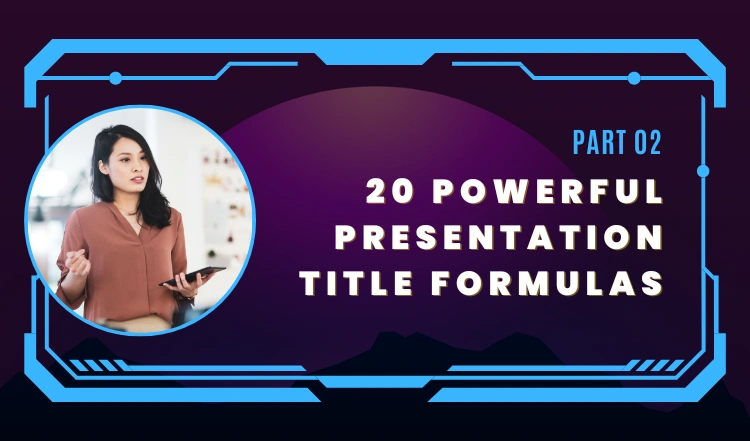Increase Your Communication Skills By Being Strategic with Your Storytelling
Being able to communicate effectively is surprisingly uncommon in many workplace settings, despite how important it is in order for a business to run efficiently. It’s not practiced nearly as often as it should be, which can lead to issues both big and small.
Lack of communication can cause problems like a lack of a centralized vision on a project to people leaving out entire parts of a project because they all thought someone else was doing it. There ares tons of situations that can arise from a lack of communication.
Storytelling can help you to communicate more clearly to people in many ways, and will also help you remind yourself of what’s important for you to tell others. When you start to get strategic about how you tell stories, you’ll be able to communicate very easily.
One of the benefits of storytelling that helps communication is that you’re able to give more context to something when you talk about it in a story. Stories inherently need context to be coherent, and often times context can help in communication.
Context allows your coworkers to have a better understanding of the ultimate end goal of your project or the overall experience you want to give to your clients. It’s easier to frame something like that in a story than it is to just dump information all at once.
If you want to use storytelling as a method for better communication, though, it’s important that you be strategic about how you tell the story and what details you include. You could tell one story two different ways and get different reactions on each.
For example, if there’s something important you want to drive home as the central point of the story, you need to consistently relate the other parts of the story back to that point in order to reiterate it.
This reiteration will help solidify the most important parts in the listener’s minds. The extraneous details keep it from feeling repetitive, but all the same, they’re getting much of the same information repeated in order to make it stick.
You should also learn how to keep stories to appropriate lengths with only the important parts, for most situations. If you keep getting sidetracked and start talking about unimportant stuff, your overall message is going to get lost.
By keeping things short, sweet, and simple, you can more effectively get your point across without people getting confused by random unnecessary details or plotlines in your stories.

How To Layer Your Story to Build Up for the Conclusion
Many storytellers have a hard time getting the hang of the proper pacing in a story. This is understandable, because it’s not something you usually think about much. However, improper pacing can really make your story feel rushed or dragged out.
When the audience feels as if the pacing isn’t right, they won’t realize it consciously per se. Instead, something will just feel off, and they’ll usually end up getting bored or lost depending on how your pacing is messed up.
In order to make pacing easier on yourself, you can easily layer your story in such a way that it’s constantly building in tension to pay off in a grand conclusion. This is a simple but effective way of pacing your story in a way that keeps the audience’s attention.
Think of your story like a rollercoaster ride. A rollercoaster wouldn’t just start off on a huge drop and then slowly coast for the rest of the time. It builds you up to that drop point slowly, and then finally has the big moment.
If you blow a lot of your exciting moments early on, the rest of your presentation is going to be boring. Likewise, though, if you save all the excitement for the very end, people are going to be bored throughout.
Instead, you have to have increasing levels of excitement throughout, starting off small and building up until you have your best one at the end. The halfway point should still have some vaguely interesting or exciting moments in it.
The conclusion is crucial because it’s typically what ends up being cemented in audiences’ minds, and also often contains the primary message of your story. You want this to be an exciting moment so that it really stays with them.
Holding onto your audience’s attention throughout the presentation is also critical. In order for your story to be fully memorable, they have to be entertained or entranced the entire time.
If your entire middle part of your story is boring, people might start to check out and stop paying attention, which is very hard for you to recover from. Others might even go so far as to leave if they’re that bored.
Once you learn how to keep building up tension, people won’t get bored because they’ll keep getting roped into the story. They’re going to want to see how the tension you’re building culminates.
By keeping your story interesting throughout and ending with a great conclusion, audiences won’t just be entertained, but they’ll also be sure to remember your story for a long time.





